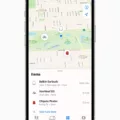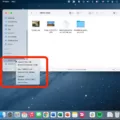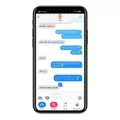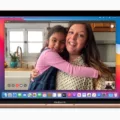In today’s digital age, communication has become more convenient and accessible than ever before. With the advent of smartphones, messaging applications like iMessage have become a popular choice for staying connected with friends, family, and colleagues. One of the key features of iMessage is the ability to use your phone number as the primary contact method, instead of relying on an email address. In this article, we will explore how to set up and use your phone number for iMessage, ensuring seamless communication across all your Apple devices.
First and foremost, it is crucial to ensure that your Apple devices are running on the latest software. Whether you are using a Mac or an iOS device, make sure to update to the latest version available. This will ensure that you have access to all the latest features and bug fixes, providing a smooth user experience.
Now, let’s dive into the steps to set up your phone number for iMessage. The process may vary slightly depending on whether you are using an iPhone or a Mac, but the overall principles remain the same.
If you are using an iPhone, follow these steps:
1. Open the Settings app on your iPhone.
2. Scroll down and tap on “Messages.”
3. In the Messages settings, tap on “Send & Receive.”
4. Under the “You can be reached by iMessage at” section, ensure that your phone number is selected. If not, tap on your phone number to enable it.
5. You can also add additional email addresses that you would like to associate with iMessage, if desired.
On a Mac, the steps are slightly different:
1. Open the Messages app on your Mac.
2. Click on “Messages” in the menu bar at the top of the screen.
3. Select “Preferences” from the drop-down menu.
4. In the Preferences window, click on the “Accounts” tab.
5. Ensure that your phone number is listed under the “You can be reached for messages at” section. If not, click on the “+” button to add it.
6. You can also add additional email addresses that you would like to associate with iMessage, if desired.
Once you have successfully set up your phone number for iMessage, you can start enjoying the benefits of using it as your primary contact method. Messages sent to your phone number will be delivered directly to your iPhone, Mac, and any other Apple devices linked to your Apple ID.
It is important to note that using your phone number for iMessage may require additional verification steps, especially if you are switching from using an email address. Be sure to check and verify any prompts or messages on your devices that ask to add your phone number. This verification process helps to ensure the security of your iMessage account and prevents unauthorized access.
By using your phone number for iMessage, you can simplify your communication and ensure that messages reach you promptly. Whether you’re sending a quick text, sharing photos, or engaging in group conversations, iMessage offers a seamless experience across all your Apple devices.
Setting up and using your phone number for iMessage is a straightforward process that can greatly enhance your communication experience. By following the steps outlined above, you can easily configure iMessage to use your phone number instead of relying solely on an email address. Stay connected and enjoy the convenience of iMessage with your phone number at the forefront of your communication arsenal.
Why Doesn’t iMessage Use Your Phone Number?
There could be several reasons why iMessage is not using your phone number. Here are some possible explanations:
1. Outdated software: Ensure that you have the latest software installed on your Mac or iOS device. Sometimes, outdated software can cause compatibility issues and prevent iMessage from recognizing your phone number.
2. Incorrect setup: Double-check that you have correctly followed the steps to set up your phone number for iMessage. On your iPhone, go to Settings > Messages > Send & Receive, and make sure your phone number is selected under “You can be reached by iMessage at.”
3. Apple ID mismatch: Make sure that you are using the same Apple ID across all your devices. iMessage relies on your Apple ID to sync your conversations and settings. If you are using different Apple IDs on different devices, it may not recognize your phone number.
4. Network connectivity issues: Ensure that you have a stable internet connection on your device. iMessage requires an internet connection to function properly. If you are experiencing network connectivity issues, it may prevent iMessage from recognizing your phone number.
5. Contact Apple Support: If you have tried all the above steps and are still experiencing issues, it may be helpful to contact Apple Support for further assistance. They can provide personalized troubleshooting and help resolve any underlying technical problems.
By addressing these potential causes, you can troubleshoot why iMessage is not using your phone number and work towards finding a solution.
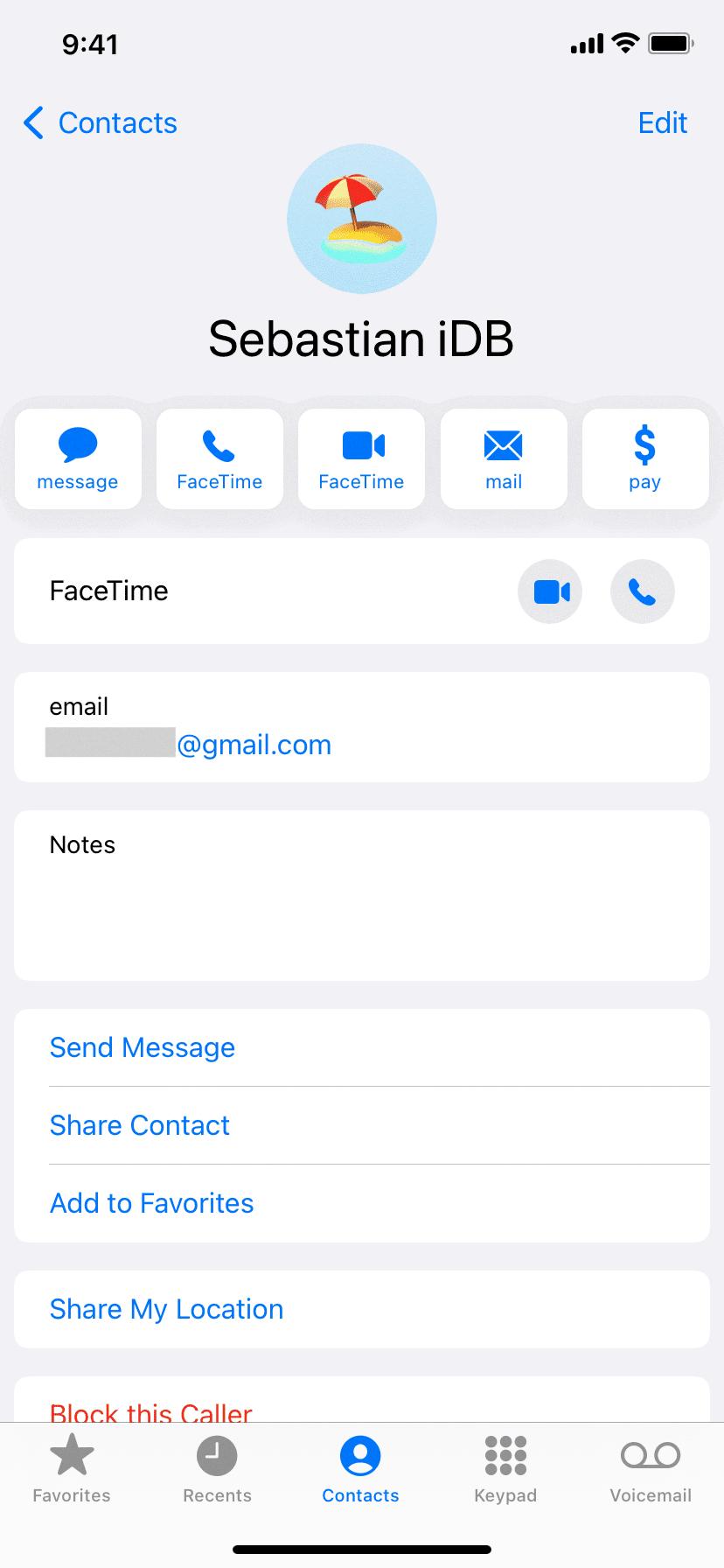
Why is Your iMessage Only Showing Your Email?
There could be several reasons why your iMessage is only showing your email address instead of your phone number. Here are some possible explanations:
1. Apple ID settings: When you activate iMessage with your Apple ID, it allows you to send and receive messages using your email address as well as your phone number. If your “Start new conversations from” setting is set to your email address, then iMessage will automatically use your email address as the default sender.
2. Contact information: Your contact information in your iPhone’s Contacts app might be associated with your email address instead of your phone number. When someone sends you a message, iMessage will use the contact information associated with that person to determine how to display the sender’s information.
3. Message forwarding: If you have set up message forwarding to another device or phone number, it might be causing iMessage to prioritize your email address over your phone number. Check your settings to ensure that message forwarding is configured correctly.
To change this and make iMessage show your phone number instead of your email address, you can follow these steps:
1. Open the Settings app on your iPhone.
2. Scroll down and tap on “Messages.”
3. Tap on “Send & Receive.”
4. Under the “Start new conversations from” section, make sure your phone number is selected. If not, tap on your phone number to select it.
5. You can also toggle off the email addresses that are listed under the “You can be reached by iMessage at” section if you don’t want them to be associated with your iMessage account.
6. Close the Settings app and open the Messages app again to see if the changes take effect.
By adjusting these settings, you should be able to make iMessage show your phone number instead of your email address when sending new messages.
How Do You Use Your Phone Number With iMessage?
To use your phone number with iMessage, follow these steps:
1. Insert the active SIM card from your Android phone into your iPhone. This will ensure that your iPhone is connected to your phone number.
2. On your iPhone, go to the settings menu and find the “Messages” option. Tap on it to open the Messages settings.
3. In the Messages settings, you will see an option called “Send & Receive.” Tap on it to open the Send & Receive settings.
4. In the Send & Receive settings, you will see a section called “You can be reached by iMessage at.” Here, you can add your phone number by tapping on the checkbox next to it.
5. If you want to receive iMessages on other devices like your Mac, you can also add your email address in this section by tapping on the checkbox next to it.
6. Once you have checked the box next to your phone number, iMessage will be enabled for that number on your iPhone. You can now send and receive iMessages using your phone number.
7. It is important to note that during this setup process, you may receive prompts on your Mac asking to add your phone number. Make sure to check and verify these prompts to ensure that your phone number is associated with iMessage on your Mac as well.
By following these steps, you can use your phone number with iMessage on your iPhone. This will allow you to send and receive iMessages using your phone number, and also enable iMessage on other devices associated with your Apple ID, such as your Mac.
Conclusion
The phone number plays a crucial role in ensuring seamless communication through various platforms such as Messages and FaceTime. It is important to ensure that your phone number is correctly set up and associated with your Apple ID to avoid any issues with visibility or selection.
To resolve any problems with not being able to see or select your number, make sure that you have the latest software updates installed on your Mac or iOS device. Additionally, double-check that you have followed the correct steps to set up your phone number on your iPhone. It is essential to use the same Apple ID across all your devices to ensure synchronization.
If you find that your phone number is not visible or selectable, it may be due to the “Start new conversations from” setting being set to your email address instead of your phone number. To rectify this, go to Settings > Messages > Send & Receive on your iPhone and configure the settings to start new conversations from your phone number.
In the case of using an Android SIM card in an iPhone to activate iMessage, insert the active SIM card from your Android phone into the iPhone. Set up and enable iMessage with your phone number (and email if recommended). Also, be vigilant and respond to any prompts on your Mac that ask to add your phone number.
By following these steps and ensuring proper configuration, you can successfully use your phone number for seamless communication through iMessage and other platforms on your Apple devices.




